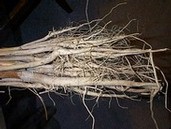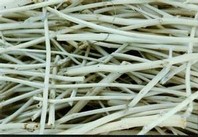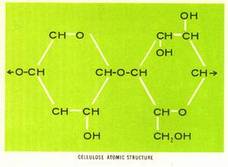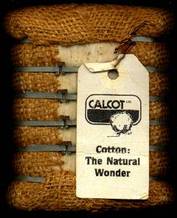 
USA ヘンプ・ミュージアム
 館長から皆さまへ
館長から皆さまへ ヘンプの歴史
ヘンプの歴史 ヘンプと農業
ヘンプと農業 ヘンプの医療と健康
ヘンプの医療と健康 ヘンプ食品
ヘンプ食品 ヘンプ織物
ヘンプ織物 ヘンプ縄と糸
ヘンプ縄と糸 ヘンプパルプ紙
ヘンプパルプ紙 ヘンプ建材
ヘンプ建材 ヘンプ燃料
ヘンプ燃料 ヘンプ原料
ヘンプ原料 ヘンプ溶剤
ヘンプ溶剤 ヘンプ・プラスチック
ヘンプ・プラスチック  ヘンプと環境
ヘンプと環境 ヘンプと環境の調和
ヘンプと環境の調和 地球温暖化
地球温暖化 ヘンプ農業こそ命
ヘンプ農業こそ命 ヘンプとリサイクル
ヘンプとリサイクル ヘンプの環境ラベル
ヘンプの環境ラベル 書簡
書簡 ヘンプと娯楽と精神世界
ヘンプと娯楽と精神世界 ヘンプと法律
ヘンプと法律 ヘンプと政治
ヘンプと政治 ヘンプ貢献者
ヘンプ貢献者 ミュージアム図書館
ミュージアム図書館 Topに戻る
Topに戻る |
|
The environmental benefits of the plant Cannabis sativa L. will be found in the many rooms of the U.S.A. Hemp Museum, but the importance of these benefits suggest we give them a room of their own. We live on a small planet, shared by more than six billion humans and more than two million other species. What we do as humans profoundly affects the quality of life for all these living beings. From the start of agriculture, the village and civilization maybe only 15,000 years ago, people have learned to control their environment and were able to reproduce far beyond the natural order that had existed for millions, maybe billions of years. Anyone who believes that the human population can not lay waste the planet earth has not taken a serious look at our handiwork, or at the billions of people in need of food and resources. We need to buy time to turn the situation around. The heroes of today and tomorrow on the earth will be those who forgo being parents for the good of the planet, our common home. Hemp will help. Hemp can bring us back closer to the renewable and sustainable resources we started with as humans. Hemp helps the soil. Field hemp, sown close, sends a strong tap root into the subsoil where it finds and feeds on new deposits of minerals and pulls them up into the topsoil roots and plant.
John Muir stated in a quote on one of my tee-shirts sporting a picture of a carrot embedded in the earth, "When you tug a one thing in nature, you find it connected to the rest of the earth." And so wehave it with hemp, tugged out of nature by forces clearly acting in their own self interests--fossil fuel development, timber and wood-pulp industry, synthetic medical-chemical industry, and the government anti-drug bureaucracies. Thomas Jefferson made a profound statement in the Declaration of Independence: "...all Experience hath shewn, that Mankind are more disposed to suffer, while Evils are sufferable, than to right themselves by abolishing the Forms to which they are accustomed." Environmental talk can be depressing, if you are not depressed it's because you haven't thought about the world situation lately. Or maybe you're working hard trying to fix the earth and haven't time to be depressed. I hope the latter. Each of us is involved Tell your children there is hope for another few generations with hemp energy and paper and plastics, all reducing the greenhouse effect. We can lead the world in coming global summits on the warming of the earth, or we can lag behind and risk our home.
"The task facing a legitimate politics of ecology is twofold. Firstly, it must engender in each of us a sense of personal responsibility for the fate of the planet - an awareness that our personal choices, no matter how apparently trivial, when aggregated together are what determine that fate. The second task is that of developing and articulating a political vision that will shape the individual choices of millions upon millions of individuals so that the sum of all their individual choices is the voluntary choice of an ecologically sustainable world. It is the task of the politics of ecology to affirm positively the mutual interdependence of the ecology and the economy, of people and nature." -author unknown. (Let us know)
|


 BY THIS TIME TOMORROW, 260,000 more people on Earth. We need to get a grip on the reality of the situation. Every man and woman in the world who might choose birth control should have it available.
BY THIS TIME TOMORROW, 260,000 more people on Earth. We need to get a grip on the reality of the situation. Every man and woman in the world who might choose birth control should have it available.




